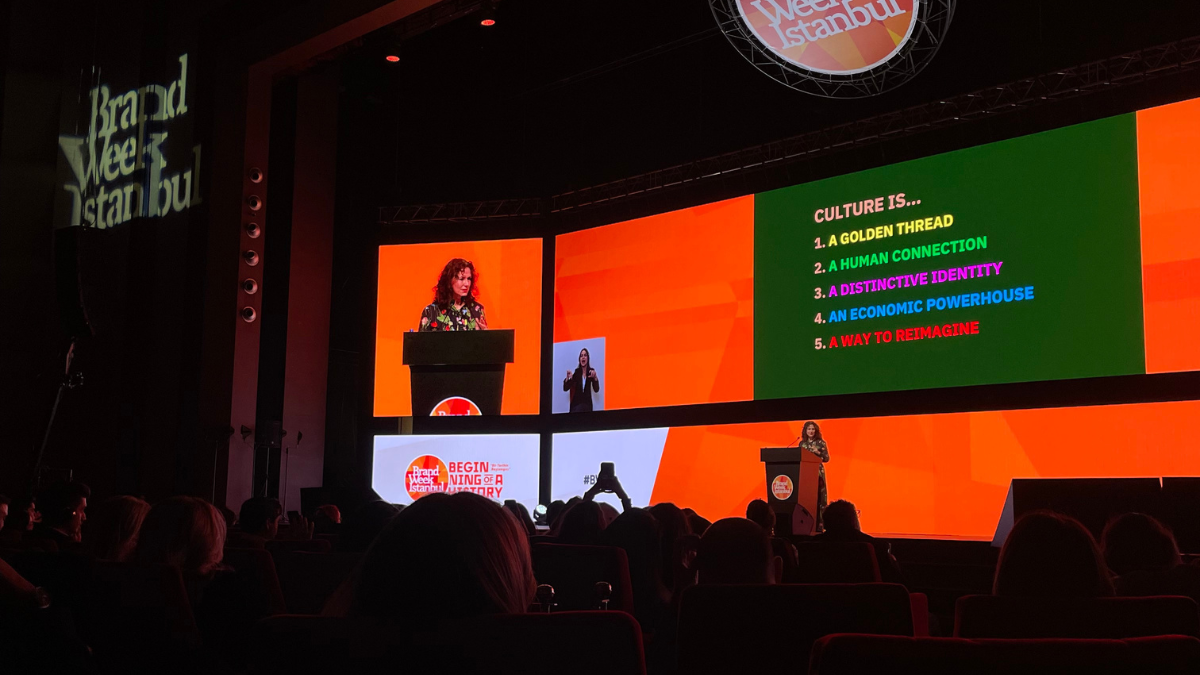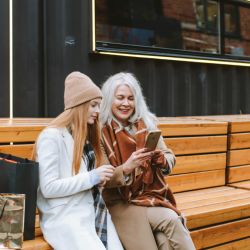In today’s digital world, where screens are everywhere, there’s a growing nostalgia for the older, touchable tech that speaks to our longing for something real and tangible in our hands. This comeback isn’t just about being trendy. From the boxy yet nostalgic visuals of early internet designs to the sturdy feel of classic cars, there’s a clear, shared longing for authentic, tactile experiences in our increasingly digital lives. It’s pushing us to think again about how we connect with digital spaces and what lies at the heart of our digital culture.
Amid the alluring promises of endless connectivity and innovation in the digital world, we often find ourselves in a landscape veiled in superficiality. The rise of click farms, with their massive output of fake online engagement, really puts a damper on our search for the genuine. It’s a stark contrast to the heartfelt ‘calling home’ of skeuomorphism and retrofuturism, those design philosophies that make our digital interactions feel more familiar and comfy. These strategies aim to bring a touch of reality and relatability to our digital spaces, challenging the all-too-common practice of tweaking digital metrics just for the sake of profit or creating an illusion.
Skeuomorphism and retrofuturism bridge us to the real and the remembered, reflecting the ebb and flow of old media
They blend digital interfaces with the look and dreams of past futures, tying into the broader story of our media consumption and values over time. As someone who is in their mid-50s, retrofuturism’s pull feels especially strong, highlighting the cyclical journey of media and our shared yearning for simpler, truer times. Yet I’m cautious about skeuomorphism, it sometimes skirts too close to cultural appropriation or exploitative undertones, pretending it’s all in the name of innovation.
This mirrors the complex revival of old media, pushing us to think deeper about design and its role in keeping the narrative of authenticity alive in our digital age. This opportunity for pause and reflection is vital amidst the comeback of old media. As we aim for digital places that steer clear of cultural missteps, committing to ethical design is key, making sure our digital progress honours the world’s cultural richness.
In reassessing the interplay between design philosophies like skeuomorphism and the broader digital and media landscapes, it’s crucial to acknowledge a significant oversight in traditional media’s history.
Old media often missed the opportunity to include the lived experiences and perspectives of marginalised groups, deemed irrelevant by mainstream narratives
This exclusion not only marginalised voices but also deprived audiences of rich, diverse narratives that could have fostered a more inclusive cultural understanding. Today, as digital platforms attempt to rectify this by targeting these same groups especially during ‘notable dates,’ such as Black History Month or Pride Month, the intention often comes across as performative, especially when contrasted with the lack of substantive support for staff from these communities.
This performative allyship, particularly when it’s clear that a brand’s practices don’t align with the values they profess to support, highlights a deeper issue within both old and new media landscapes.
It points to the necessity of moving beyond superficial engagement to genuine inclusion, not just in content and design but in organisational practices and culture. Incorporating this perspective enriches the critique of skeuomorphism and retrofuturism by tying them to a larger narrative of inclusivity, authenticity, and ethical design. It underscores the opportunity for today’s designers and media professionals to learn from past oversights and lead the charge toward creating digital spaces and media content that truly reflect and respect the diversity of human experience.
This approach advocates for a future where design and media not only acknowledge the rich tapestry of cultures and identities in our global community, but actively engage with and support them, transcending performative gestures to embody true allyship and inclusivity.
Featured image: Rui Alves / Unsplash

























